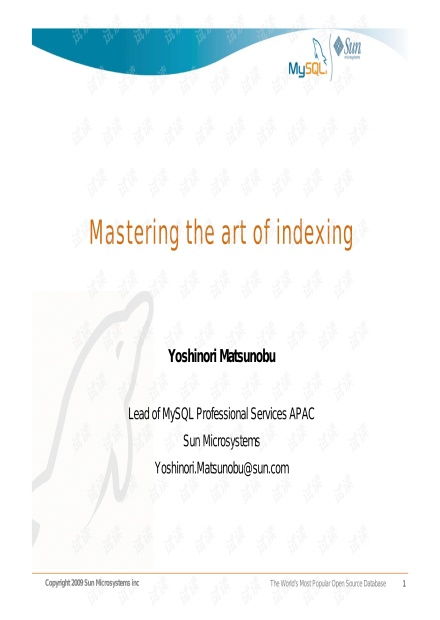
Content:
Introduction: Angling for bream, a popular freshwater fish, can be both a rewarding and challenging endeavor. One of the most intriguing aspects of bream fishing is the technique of luring them to the bottom. Known as "bream jumping the bottom," this behavior can be exploited to increase your chances of a successful catch. In this article, we will delve into the art of catching bream by understanding their behavior and mastering the necessary fishing techniques.
Understanding Bream Behavior: Before we dive into the fishing techniques, it's crucial to understand the behavior of bream. Bream are bottom feeders, meaning they search for food on or near the riverbed. They are often found in shallow waters, where they can easily spot prey. Bream are known for their sudden jumps, which can be a result of feeding or escaping from predators. By understanding these behaviors, we can tailor our fishing techniques to attract and catch bream effectively.
Choosing the Right Equipment: To successfully catch bream, it's essential to have the right equipment. Here are some key components:
a. Rod and Reel: A medium-light to light-action rod and reel combination is ideal for bream fishing. The rod should be flexible enough to handle light tackle and sensitive enough to detect subtle bites.
b. Line: Use a monofilament line with a breaking strain of 4 to 6 pounds. This will provide enough strength to land a bream without being too heavy and spooking them.
c. Hook: A size 10 to 14 hook is suitable for bream. Ensure the hook is sharp to improve your chances of a successful hookset.
d. Lures and Baits: Bream are attracted to a variety of lures and baits. Live bait, such as worms or maggots, can be effective, but artificial lures like spinners, jigs, and soft plastics can also work wonders.
Locating Bream: To increase your chances of catching bream, it's important to locate them. Here are some tips:
a. Study the Water: Bream are often found in areas with a mix of shallow and deep water, such as around rocks, logs, or weed beds. Look for these features while on the water.
b. Use a Fish Finder: A fish finder can help you locate bream by showing their presence on the sonar screen. This can be particularly useful in unfamiliar waters.
c. Observe the Behavior: Bream are often seen feeding on the surface or near the bottom. Keep an eye out for signs of activity, such as splashes or bubbles, which may indicate the presence of bream.
Luring Bream to the Bottom: Once you've located bream, it's time to employ techniques to lure them to the bottom:
a. Use a Bottom Bait: A bottom bait, such as a worm or maggot, can be fished near the riverbed to attract bream. Cast your bait close to the structure and allow it to sink to the bottom. Then, gently twitch the bait to mimic the movement of real prey.
b. Employ a Jig: Jigs are excellent for luring bream to the bottom. Cast the jig into the desired area and allow it to sink. Once it reaches the bottom, retrieve it in a slow, steady motion, pausing occasionally to allow the jig to settle.
c. Use a Spinner: Spinners can be effective for attracting bream, especially in clear water. Cast the spinner into the water and retrieve it at a moderate pace, allowing the blades to spin and create a visual disturbance that can attract bream.
Mastering the Hookset: When a bream takes your bait, it's crucial to set the hook properly:
a. Sensitivity: Bream are often caught on light tackle, so it's important to be sensitive to the slightest bite. Feel for the weight of the fish on the line and react quickly.
b. Quick Hookset: Once you feel a bite, quickly and firmly set the hook. This will increase your chances of landing the fish.
Handling and Release: After catching a bream, it's important to handle and release it properly to ensure its survival:
a. Use a Landing Net: A landing net can help you safely retrieve the fish without causing unnecessary stress.
b. Be Gentle: Handle the fish gently and avoid unnecessary roughness. This will help ensure the fish's survival.
Conclusion: Catching bream by luring them to the bottom requires patience, understanding of their behavior, and the right techniques. By using the right equipment, locating bream effectively, and mastering the art of luring and hooksetting, you can increase your chances of a successful catch. Remember to handle and release the fish responsibly to ensure their continued survival. Happy fishing!












